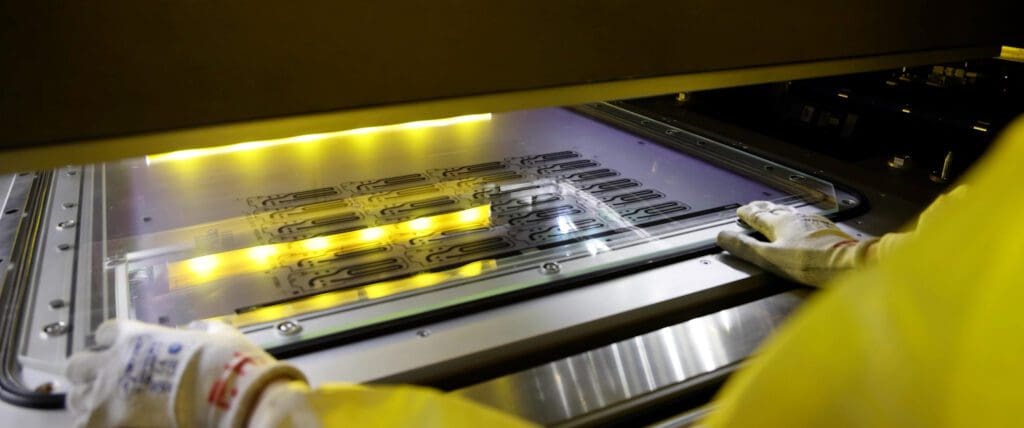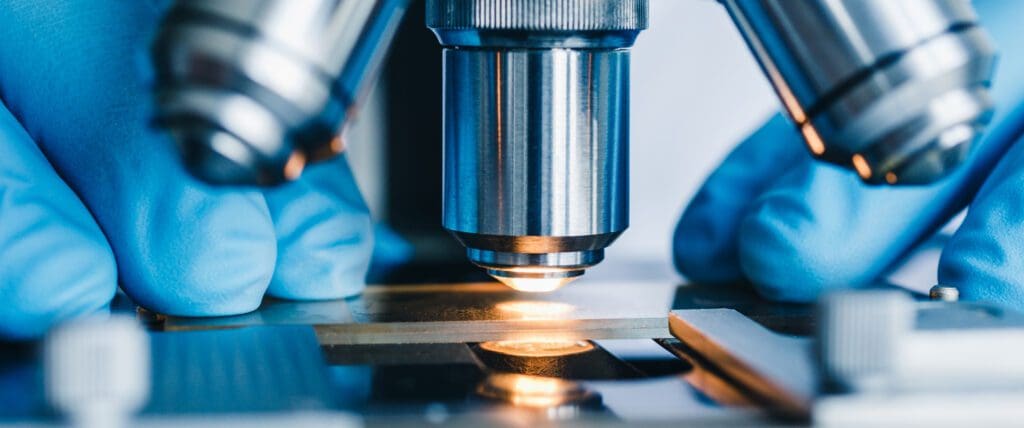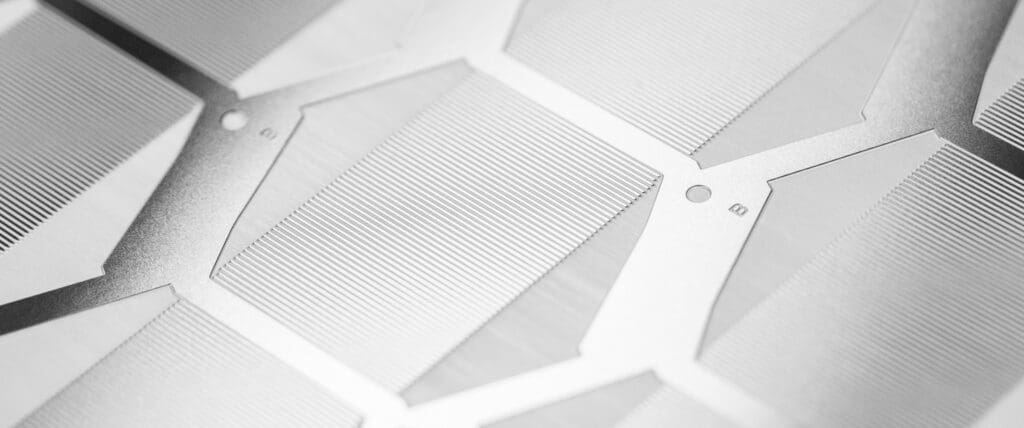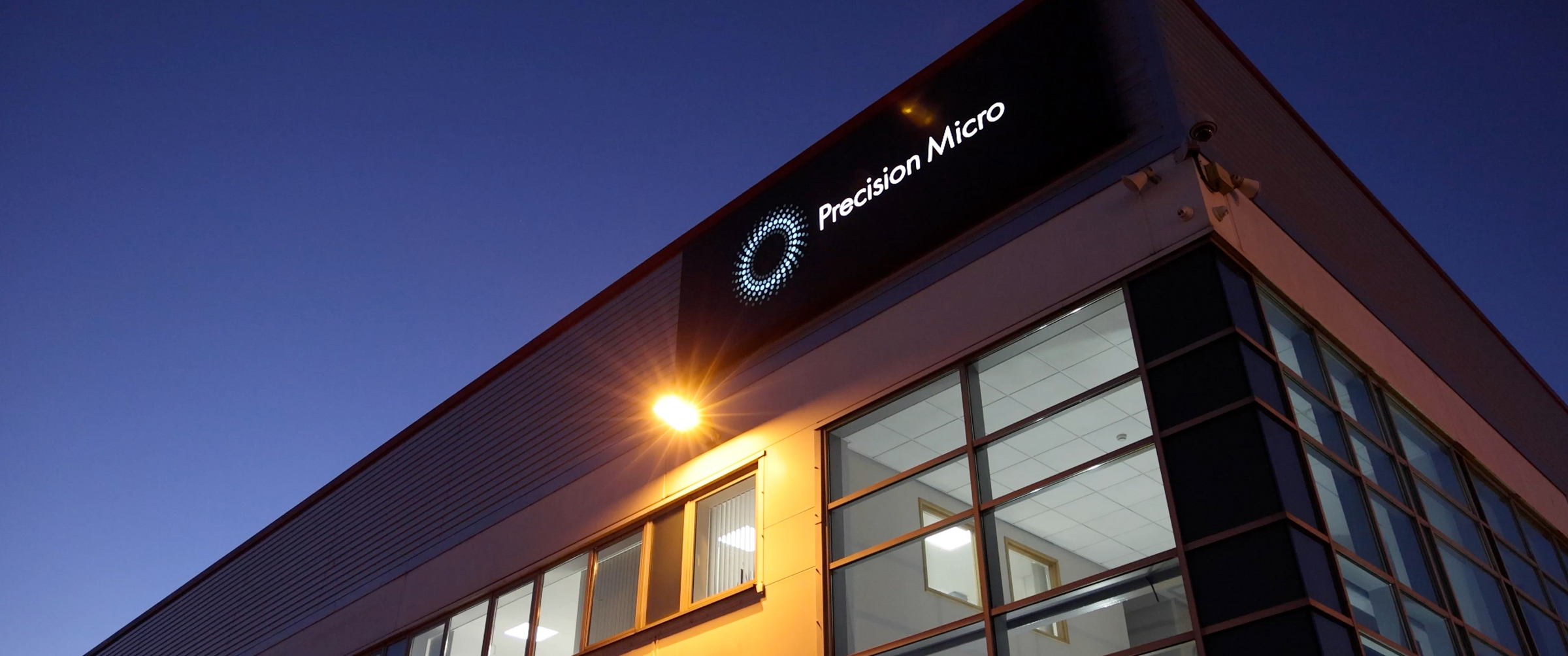Stamping hard metals: Could chemical etching be a better option?
Stamping hard metals can be challenging, particularly when complex burr and stress-free features are required. In this article, we examine the traditional stamping process and explore the innovative photochemical etching technology, highlighting the distinct advantages it offers engineers in overcoming the common limitations associated with stamping hard metal sheets.
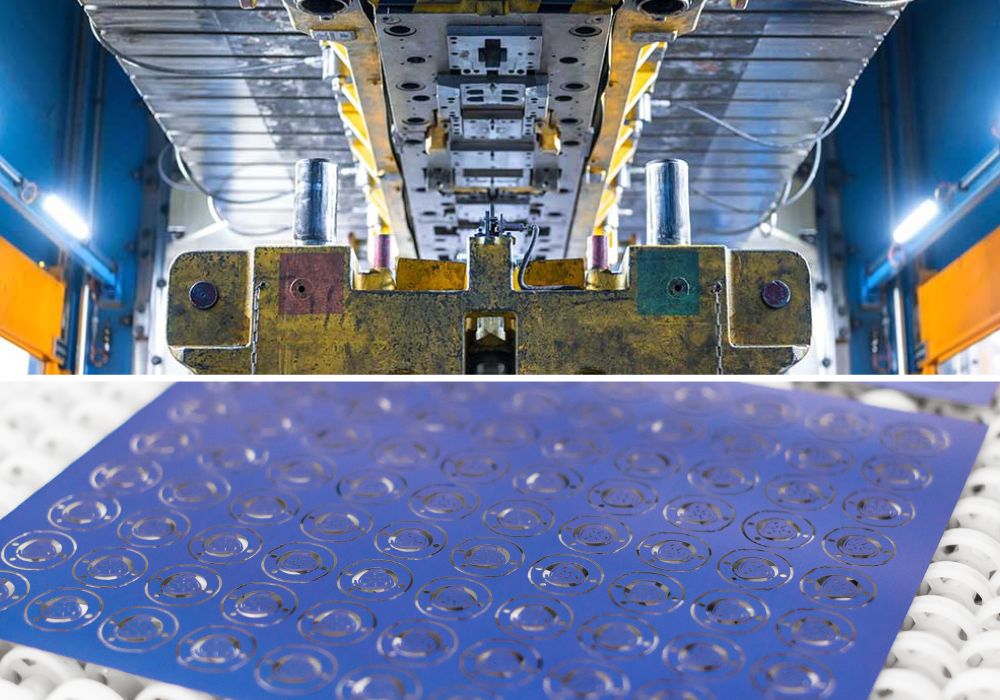
What is stamping?
Stamping, also referred to as pressing or punching, is a machining process extensively used across numerous industries to produce components from a range of materials, including flat sheet metals. The process involves feeding the material into a stamping press, where a specialised tool can shear, bend, blank, trim, pierce, draw or stretch the starting material, shaping it into the desired design specification.
What are the challenges of stamping hard metals?
Stamping hard metals can be challenging due to their inherent high strength and resistance to deformation. Materials like ultra hard stainless steels, titanium and nickel-based alloys can require significant force to shape, which can lead to wear and damage on stamping dies, requiring frequent tool maintenance and replacement. Metal components may also incur cutting-edge stress from excess force from the punching die. Additionally, hard metals may exhibit springback after forming, where the material returns to its original shape, making it difficult to achieve precise dimensions. These challenges can result in reduced tool life, increased production costs and lower quality finished parts.
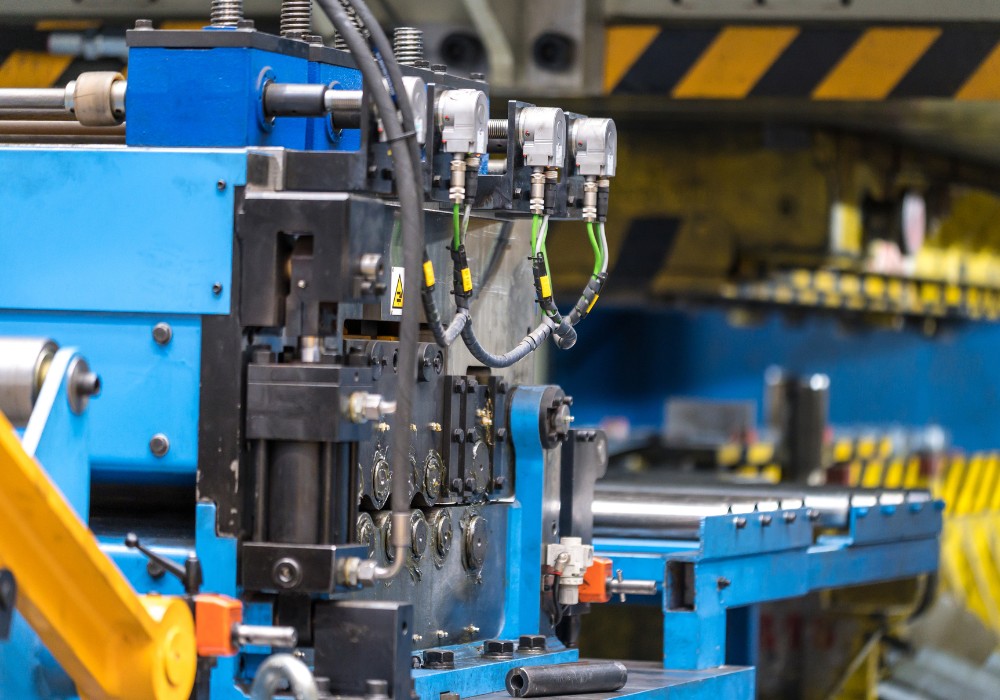
What is chemical etching & how does it compare to stamping hard metals?
While stamping is most commonly used for machining sheet metals, the lesser-known chemical etching process can offer engineers’ distinct advantages in producing complex, high-quality metal components. Unlike stamping, etching faces no limitations regarding material hardness. In fact, the denser grain structure of hard metals yields even more precise cuts.
In chemical etching, a photosensitive polymeric ‘photoresist’ is applied to the metal sheet. Using a stencil of the component design, the desired part is transferred onto the photoresist with UV light exposure. The photoresist is then selectively removed from areas requiring etching, enabling precise metal dissolution with chemical etchants.
Tooling setup
Stamping requires substantial investment of time and money in tooling and installation, with one die potentially costing thousands, plus ongoing setup and maintenance expenses. In contrast, through the integration of digital tooling in the chemical etching process, the necessity for expensive hard tooling is eliminated.
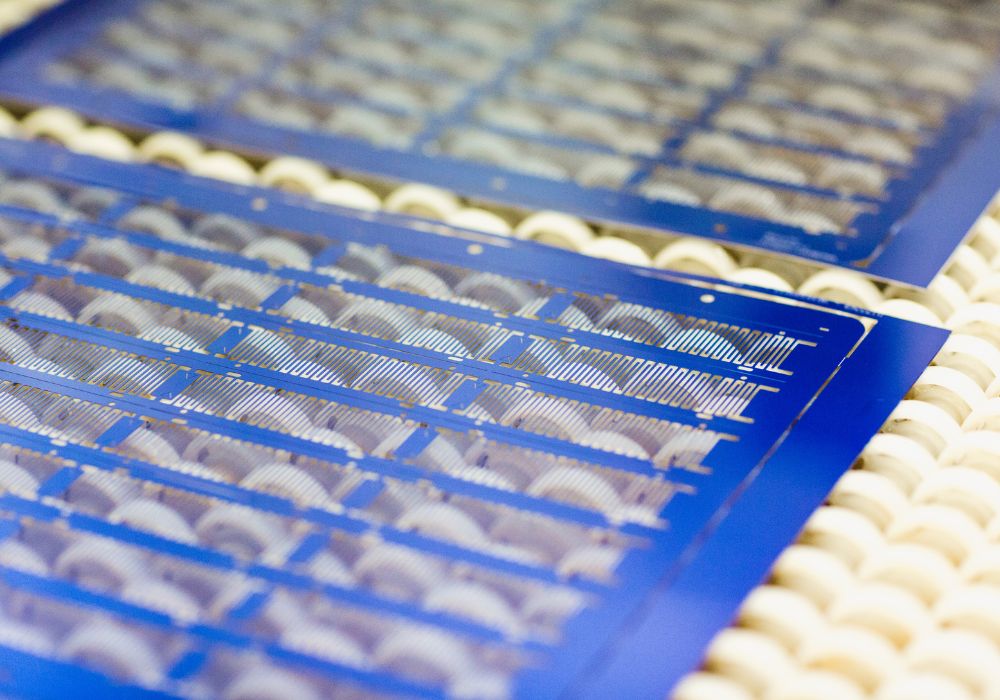
Accelerated lead times
Stamping lead times can be extensive, ranging from 6-8 weeks to several months, particularly when tooling preparation is required. In contrast, chemical etching reduces delivery times to just a few days. Unlike stamping, which requires new dies and additional costs for design changes and maintenance, chemical etching accommodates tooling modifications seamlessly. This positions chemical etching as the ideal process for both prototype development and large-scale industrial production, providing unmatched versatility across various production volumes.
Design complexity without cost penalty
Chemical etching streamlines production by machining all part features simultaneously, regardless of complexity, often completing the production of feature rich precision-etched components before the stamping tool is ready. The process can maintain accuracy to within ±0.020mm, capable of producing features as small as 0.1mm depending on material thickness.
Quality of cut
Chemical Etching is a machining technique renowned for its precision and accuracy. Unlike stamping, chemical etching maintains the integrity of the material. As a result, every component manufactured retains its original properties, eliminating the potential of any burrs, stresses, scratches or material degradation, ensuring optimal part performance, even in ultra hard materials.
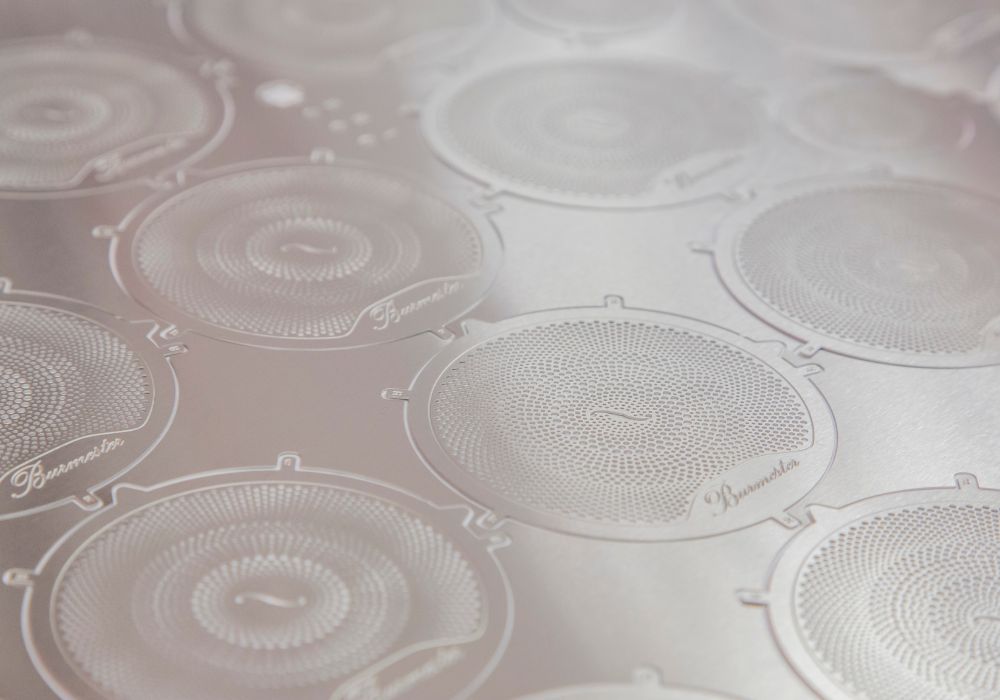
Conclusion
Photochemical etching presents as a favourable alternative to stamping hard metals, offering engineers unique advantages in precision metal component production. Its cost-effective tooling setup, coupled with the ability to achieve intricate designs with unparalleled quality and precision and shorter lead times, demonstrates how chemical etching can effectively surpass the capabilities of the traditional stamping process for machining hard materials.
Chemical Etching Whitepaper
Learn how chemical etching can overcome the limitations of traditional sheet metal machining technologies.
Download